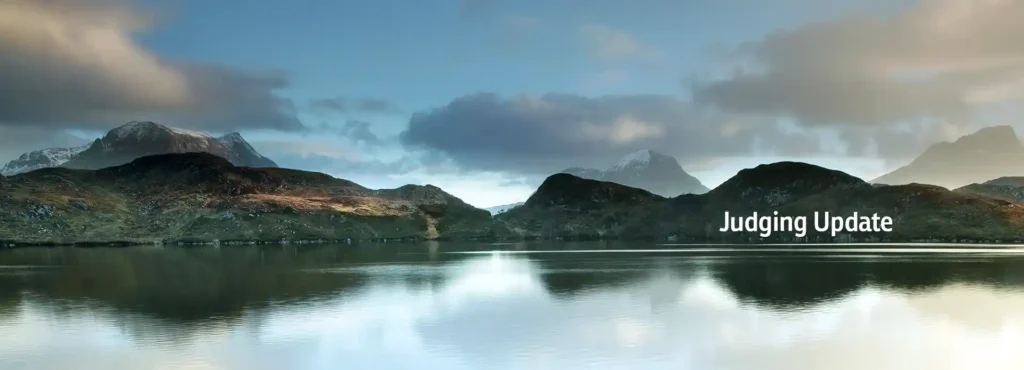We want to break new ground by allowing AI generated images to be entered in the creative category of this year’s competition. Why? Because we want to evaluate the public’s and the photography community’s response to and perceptions of AI generated images vs those captured by traditional means. I’ll outline the reasons for this in more detail below.
A few years ago, when setting up the exhibition in Fife, a college art lecturer challenged me on the fact that the competition has rules. In particular, he told me that if beauty is in the eye of the beholder then it should not matter how the image was produced, it is the end result that matters. And to an extent he was right.
I explained to him that the aim of the competition was to showcase the beauty and diversity of Scotland’s landscapes with integrity, and to create a record for the future. For that to happen, we must have rules and he agreed. I explained to him that we had categories that allowed for creative expression and implementing conceptual ideas, and for that purpose, there were no rules. It was a really interesting discussion.
Fast forward to 2024 and in updating the rules for this year, I have become acutely aware of the debate surrounding AI generated images. I’ll hold my hands up here and admit that the whole AI debate has passed me by for the past year, and my knowledge has been severely lacking. I’ve been really busy with personal stuff and all I really knew about AI photography was what I’d seen on BBC spot the difference quizzes. So, when it came to updating the rules for competition 10, I had to fast track my knowledge and gain a better understanding of what AI imagery is so I could make a decision on whether to allow it in the competition or not.
After many weeks reading the debates and looking at what other competitions were saying, one thing was very clear to me – there is no clarity. Just a lot of contradictory stuff about “integrity” and the origins of photography.
The competitions I saw that ban AI images don’t seem to back up their reasons very well. For example, one competition said that entries must be taken with a camera to be photographic in origin. This is factually incorrect because photograms which are photographic images are taken without a camera. It’s an accepted form of alternative photography that is allowed in many competitions – SLPOTY included.
Most competitions state that the “integrity of the subject must be maintained” but one competition I saw allows for “distractions” and “transient” elements to be cloned out – namely parked cars, people, branches and leaves. Lets be clear – there’s no integrity being maintained if things are cloned out and if such an image were presented in a court of law, it would be torn apart.
Some competitions ban AI generated images but allow stitched panoramas and star trails which are essentially hundreds of images stitched together by an AI software application.
I could list any number of contradictions but consider this instead. When Photoshop 1.0 was born in 1990, photographers were apoplectic with rage and signalled that Photoshop would be the death of photography. Well, here we are 34 years later, photoshop and photography are still alive and no one bats am eyelid.
So, this current outrage about AI seems to be history repeating itself once again. In years to come, AI generated images will be accepted in the same way Photoshop has and photography won’t be dead.
So to conclude. We’re allowing AI generated images in the Creative category because it doesn’t matter how the image was created, it’s the end result that matters. All we ask is that if you are going to enter an AI generated image, it should depict a view of Scotland or its islands.
